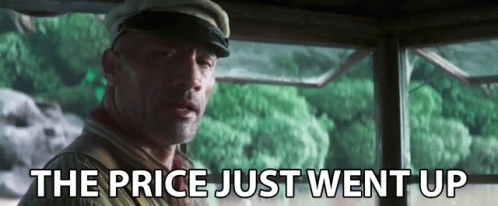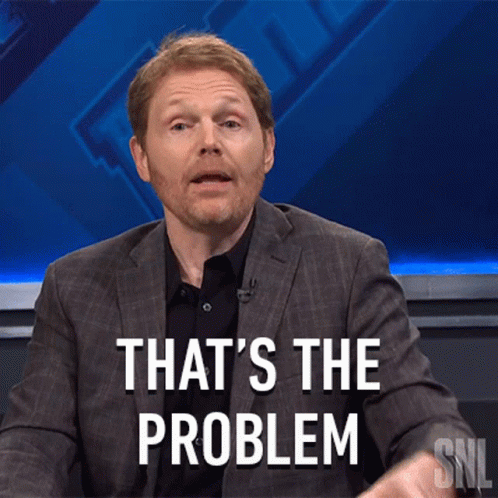Want to Raise Prices? Here’s One Way.

(This isn’t a chest-beating fantasy about how much you can charge if only you’re tough enough and gutsy enough.
That’s not reality. Some industries won’t stand for it. Some prospects have too many options they prefer.
I do believe, often, you can charge MORE than others and win. But rarely can you charge 65% more than you used to. This is one of those cases.)
My client showed me her proposal for her prospect. Wanted my feedback.
I read it over, thought about it for a minute and then said, “Raise your prices. You’re not charging enough. Go up at least 40%.”
Surprised, she said, “Really?” She was quiet for a minute.
Then she squirmed a little on the other side of our Zoom call. “Well, maybe I could raise it 10%.”
“No,” I said. “Bump it more. This is for both of you.”
“What?”
What follows is how we got her to a 65% increase on work she does all the time, kept the client happy, and what this did for her psychologically.

__________________________________________________________________________________________________________________
Some Background
I was familiar with the type of customer my client was selling to. I was familiar with their problems, and what they really meant. Maybe more than my client was.
And I knew how good my client is at what she does. She’s helped me in massive ways, and the downstream effects were bigger than she understood.
That set the stage.
__________________________________________________________________________________________________________________
Understanding Value
But too often, we can’t read the label from inside the jar.
She was inside the jar when she proposed to her prospect.
I read her proposal and realized she was making a few mistakes:
- She focused on what she’d do rather than their problems.
- When she referenced their problems, she focused on their immediate issue, and not the impact downstream for the prospect.
- When she framed her solutions, she undersold them. She downplayed what she did. And it influenced how she saw her work.
The result? The price is too low.
So we went to work.

First, I had her reframe her proposal to focus on the problems her prospect faced. People don’t care about the ingredients in Advil. They care about the headache they have. We dialed that in.
When you’re talking about your 3 Stage Process, you can be impressed. Sounds fancy. Consultant-y.
When you talk instead about their Turnover Problem, you connect.
So you merge those, like Voltron: “Install 3 Stage Process To Mitigate Turnover Problem.”
Second, we moved from the immediate problem to what the problem was really costing: something bigger.
An example? She positioned her solution as something like, “Improve Communication Between Teams.”
That communication issue can be resolved, and she’d do it well, but we need to hit on what it really means for the prospect. She wasn’t. She was leaving out the problem behind the problem. Or what I call “the stakes.”
That would read something like, “Improve Communication To Improve Customer Retention.”
Because there’s always something behind the surface issue. The question is whether we should talk about it.

Third, we worked on how she framed what she did.
You’ll call this semantics. I get it. But it matters. Especially when you’re paying for childcare and the mortgage.
She had framed what she did as “Recommendations” and “Reviews.”
She wasn’t recommending it. She was providing “Best Practices for Small Business Organizational Structure.”
She wasn’t “Reviewing.” She was “Auditing.” Because anyone can review. An expert can run an audit.
I read her the riot act on this and said, “Rewrite this and raise your prices.
She spent 2 days thinking about this.
And then called me back to say, “You’re right. I’m raising my price 65%.”
__________________________________________________________________________________________________________________
The Problem We Really Addressed
It was how she viewed her work.
Her posture improved.
She realized how good she was at what she did, and something clicked.
She knew other people were charging more for what they did, but it took someone else pointing out the enormity of the problems she was solving for her to “get it.”
She could play bigger, too.
She wrote to me: “Increased pricing by 65% after making your recommended changes, there was a psychological impact to how I valued my own work after the paradigm shift. Maybe they’ll do it, maybe they won’t. But I don’t want to do it for less at this point.”
Because her work matters.
Her time matters.
And getting paid what you’re worth, that matters.
Now, be thinking what you’re worth.
Sometimes it takes guts or a leap of faith to raise your prices.
Other times, it just takes someone telling you it’s possible.
